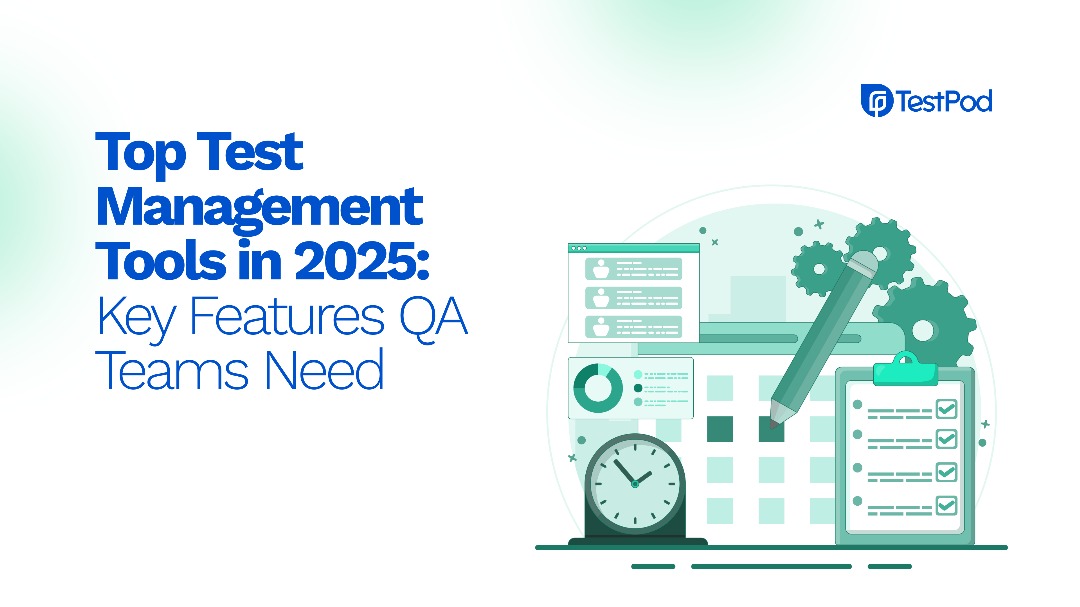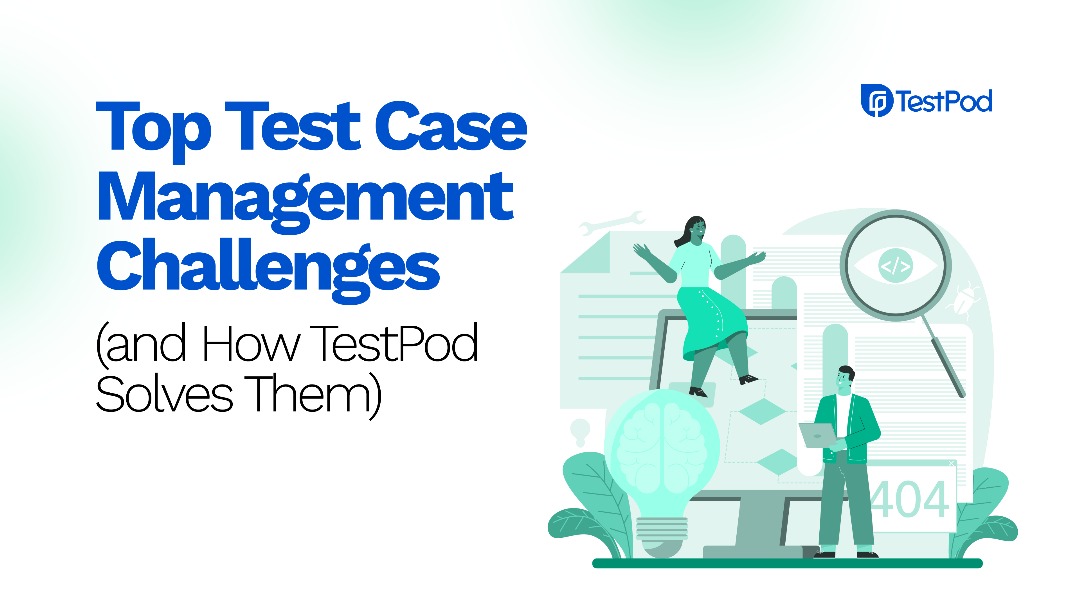In 2025, software teams are under more pressure than ever to release high-quality products fast. And as software development cycles get shorter, the need for powerful, flexible test management tools has skyrocketed.
Whether you’re a manual tester, automation engineer, or QA lead, the right test management tool can streamline your workflow, boost collaboration, and help your team stay aligned from sprint to release.
So, what are the top test management tools in 2025, and what should QA teams really look out for?
Let’s get into it.
Why Test Management Tools Matter in 2025
Modern QA is no longer just about catching bugs. It’s about ensuring quality across evolving systems, managing hybrid test teams, and enabling continuous testing in fast-paced DevOps environments.
The right test management tool helps teams:
- Organize and prioritize test cases
- Collaborate across QA, dev, and product teams
- Track execution and requirements
- Integrate with CI/CD pipelines
- Leverage both manual and automated testing in one place
But not all tools are built equal.
Top 6 Test Management Tools in 2025
Here are some of the standout test management platforms QA teams are using this year:
1. TestPod
Best for: Unified manual and automated test management with AI-powered workflows.
TestPod has emerged as a favourite for QA teams looking for speed, clarity, and collaboration. With its clean interface, seamless manual + automation integration, and AI-enhanced test case generation, TestPod is built for the way modern teams actually work.
Key Features:
- Unified workspace for manual & automated testing
- Drag-and-drop test organization
- AI-powered test case generation
- Jira, GitHub, and CI/CD integrations
- Reusable test steps and smart filters
- Real-time dashboards and traceability reports
- Built-in collaboration with comments and mentions
2. TestRail
Best for: Traditional teams needing structured test management.
TestRail is a well-known player with robust test case tracking and support for manual execution. However, its dated UI and limited collaboration features make it a bit clunky for agile teams looking for speed.
Pros:
- Rich test case tracking
- Supports large QA projects
- Integrations with Jira, Selenium, etc.
Cons:
- Less intuitive for new users
- Limited support for automation within the same UI
- Rich test case tracking
- Supports large QA projects
- Integrations with Jira, Selenium, etc.
3. Xray for Jira
Best for: Teams embedded deeply in the Jira ecosystem.
Xray integrates tightly with Jira, making it easy to link tests with user stories. Great for teams who live in Jira, but it may feel rigid for others outside the Atlassian stack.
Pros:
- Native Jira integration
- Requirements traceability
- Automated and manual test support
Cons:
- UI can be dense
- Pricing and scale can become a concern for large teams
4. PractiTest
Best for: Teams who prioritize traceability and reporting.
PractiTest shines with its powerful filters, views, and dashboards. It supports end-to-end test processes and gives teams a high-level view of test execution.
Pros:
- Advanced reporting and traceability
- Supports exploratory testing
- External integrations
Cons:
- Steeper learning curve
- UI isn’t as modern as newer tools
5. Testmo
Best for: Agile teams looking for lightweight test tracking.
Testmo is a relatively new tool offering streamlined test case management and basic automation support. It’s fast, simple, and ideal for small to mid-size teams.
Pros:
- Clean, lightweight UI
- GitHub and CI/CD integrations
- Affordable pricing
Cons:
- Limited enterprise-level features
- Lacks deep automation visibility
6. Zephyr for Jira
Best for: Jira-based teams looking for scalable, enterprise-grade test management.
Zephyr remains one of the most widely used test management tools, especially for organizations deeply integrated with Jira. It offers a robust set of test planning, execution, and reporting features, and comes in different versions based on team size and needs (e.g., Zephyr Squad, Zephyr Scale).
Pros:
- Deep Jira integration
- Scalable for enterprise use
- Automation-ready with REST API support
- Test planning, execution, and traceability in one tool
Cons:
- UI can feel outdated compared to newer tools
- Some features require different versions or add-ons
- Pricing and performance may vary at scale
Key Features QA Teams Need in 2025
When choosing a test management tool this year, look for features that support scale, speed, and collaboration, such as:
- Unified workflows: One platform for both manual & automated testing
- AI-powered test case creation and auto-suggestions
- Real-time dashboards with traceability and test coverage views
- CI/CD and issue tracker integrations
- Built-in collaboration tools (comments, mentions, role-based access)
- Reusable assets like test steps, templates, and tags
- Requirement linking for full lifecycle management
Tools like TestPod are pioneering the move toward intelligent, collaborative, and scalable test management.
Final Thoughts
The landscape of test management is evolving fast. In 2025, the winning QA teams will be those that leverage modern, AI-powered tools that reduce friction and multiply productivity.
Whether you’re scaling a startup or managing QA across a global team, choosing the right test management tool can make all the difference.
And if you haven’t tried TestPod yet, now’s the time. Start for free today, no credit card required.
Start your journey today, or book a demo to see how TestPod can transform your QA process.
 Wednesday at 2 PM (UTC +1)
Wednesday at 2 PM (UTC +1)



